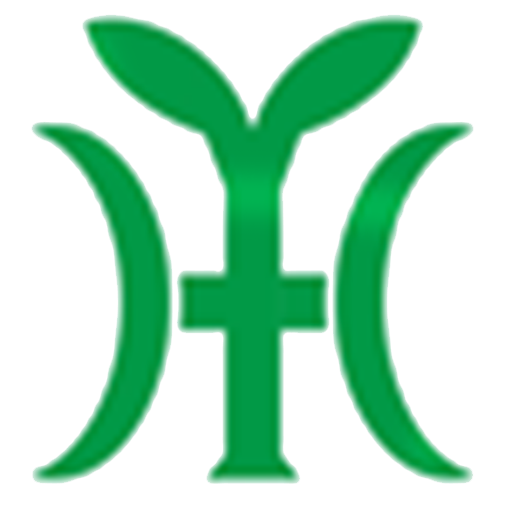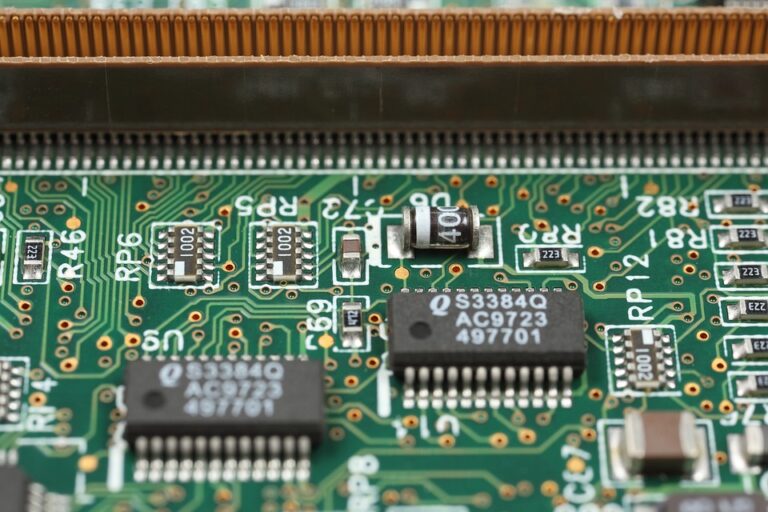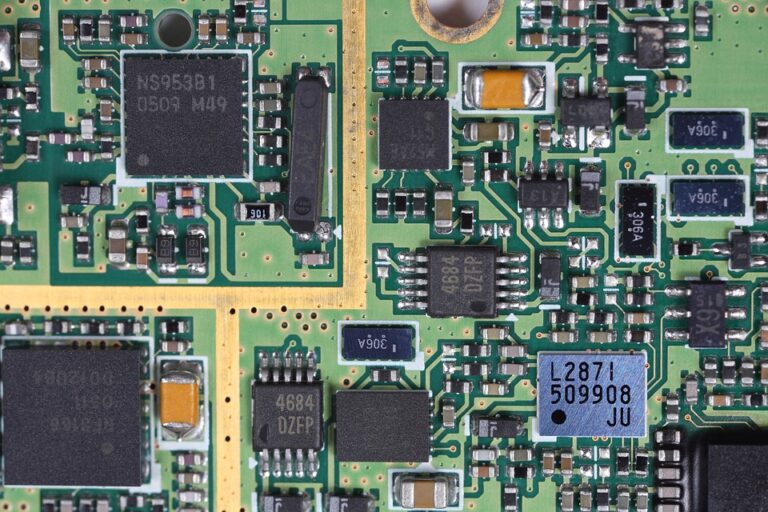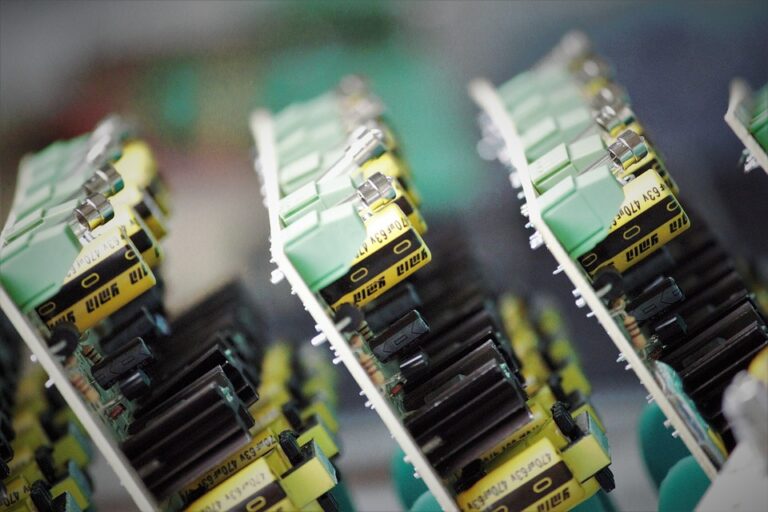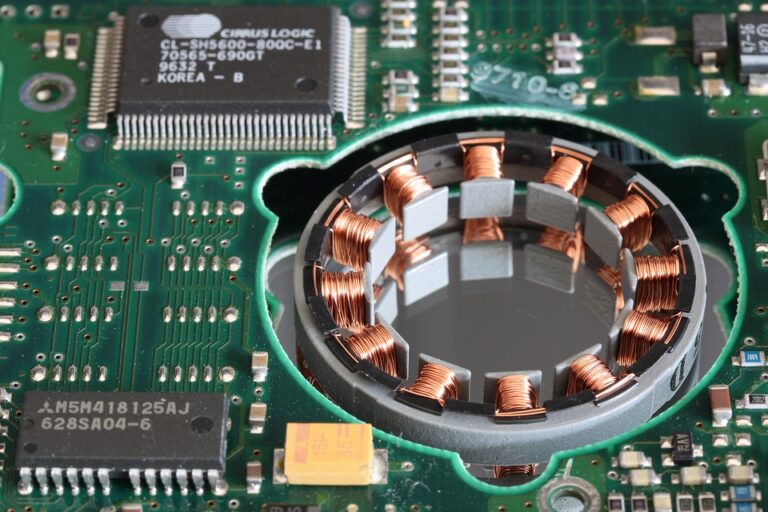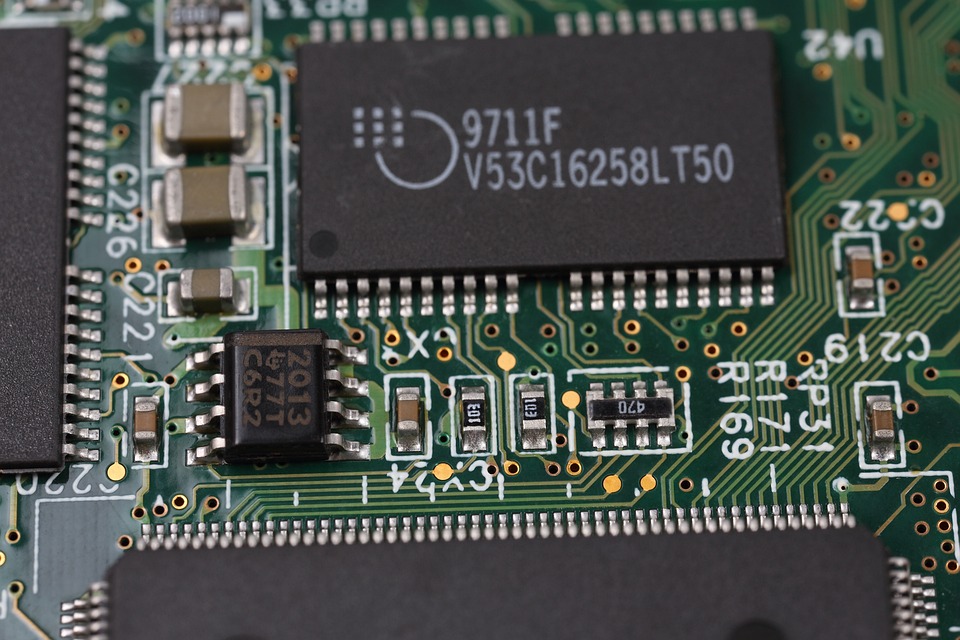
The Role of PCBs in the Internet of Things (IoT): Trends and Applications
The Role of PCBs in the Internet of Things (IoT): Trends and Applications
The Internet of Things (IoT) has revolutionized the way we live, work, and interact with the world around us. With the increasing number of connected devices and the vast amount of data being generated, Printed Circuit Boards (PCBs) play a crucial role in enabling the IoT ecosystem. In this article, we will explore the trends and applications of PCBs in the IoT and discuss the importance of their role in shaping the future of connectivity.
What are PCBs?
Printed Circuit Boards (PCBs) are the foundation of modern electronics, providing a platform for components such as microcontrollers, sensors, and actuators to be mounted and connected. They are essentially a flat plate made of insulating material with conductive paths and pads to which components can be attached using surface mount technology (SMT) or through-hole technology (THT). PCBs enable the creation of complex electronic circuits, allowing devices to communicate with each other and with the cloud.
The Role of PCBs in the IoT
PCBs play a vital role in the IoT ecosystem, serving as the backbone of connected devices. They enable the integration of various components, such as microcontrollers, Wi-Fi modules, and sensors, to create smart devices that can collect and transmit data. The key characteristics of PCBs in the IoT include:
- Miniaturization**: PCBs are designed to be compact and lightweight, allowing them to be integrated into small devices such as wearables, smart home appliances, and industrial sensors.
- Reliability**: PCBs are built to withstand the rigors of IoT applications, including extreme temperatures, humidity, and vibration.
- Scalability**: PCBs can be designed to accommodate a wide range of components and configurations, making them ideal for applications where devices need to be customized.
- Wireless Connectivity**: PCBs integrate wireless connectivity options such as Wi-Fi, Bluetooth, and LoRaWAN, enabling devices to communicate with each other and with the cloud.
Trends in PCB Design for the IoT
The PCB design landscape is evolving to meet the demands of the IoT. Some of the key trends include:
- 3D Printing**: The use of 3D printing technology is becoming increasingly popular in PCB design, allowing for the creation of complex geometries and shapes that cannot be achieved with traditional PCB manufacturing methods.
- System-in-Package (SiP)**: SiP technology allows multiple components to be integrated into a single package, reducing PCB size and complexity while improving system performance.
- Flexible and Rigid-Flex PCBs**: The use of flexible and rigid-flex PCBs is growing, enabling devices to be designed with flexible circuitry that can be bent or folded to accommodate specific applications.
- Antenna Integration**: PCBs are being designed with integrated antennas to enable wireless communication, reducing the need for separate antenna components and improving overall device performance.
Applications of PCBs in the IoT
PCBs are used in a wide range of IoT applications, including:
- Wearables**: PCBs are used in wearables such as smartwatches, fitness trackers, and smart glasses, enabling the collection and transmission of biometric data.
- Industrial Automation**: PCBs are used in industrial automation applications such as sensors, actuators, and control systems, enabling the monitoring and control of industrial processes.
- Smart Home Devices**: PCBs are used in smart home devices such as thermostats, lighting systems, and security cameras, enabling remote monitoring and control.
- Automotive Electronics**: PCBs are used in automotive electronics applications such as infotainment systems, navigation systems, and driver assistance systems, enabling advanced driver assistance and vehicle safety features.
Conclusion
In conclusion, PCBs play a crucial role in the IoT ecosystem, enabling the creation of connected devices that can collect and transmit data. As the IoT continues to evolve, PCBs will remain a vital component, driving innovation and enabling the development of new applications and services. By understanding the trends and applications of PCBs in the IoT, manufacturers and designers can create devices that are more compact, reliable, and scalable, ultimately shaping the future of connectivity.
FAQs
Q: What is the difference between a PCB and a printed wiring board (PWB)?
A: A PCB and a PWB are essentially the same thing. The term PCB is more commonly used in the industry, while PWB is an older term that is still used in some contexts.
Q: What is the typical material used for PCBs?
A: The typical material used for PCBs is a combination of copper, epoxy, and glass. The copper provides the conductive paths, while the epoxy and glass provide the insulating material.
Q: Can PCBs be designed with wireless connectivity?
A: Yes, PCBs can be designed with wireless connectivity options such as Wi-Fi, Bluetooth, and LoRaWAN, enabling devices to communicate with each other and with the cloud.
Q: What is the future of PCBs in the IoT?
A: The future of PCBs in the IoT is expected to involve the continued evolution of PCB design and manufacturing technology, including the use of 3D printing, SiP, and flexible and rigid-flex PCBs. As the IoT continues to grow, PCBs will remain a vital component, enabling the creation of connected devices that can collect and transmit data.
